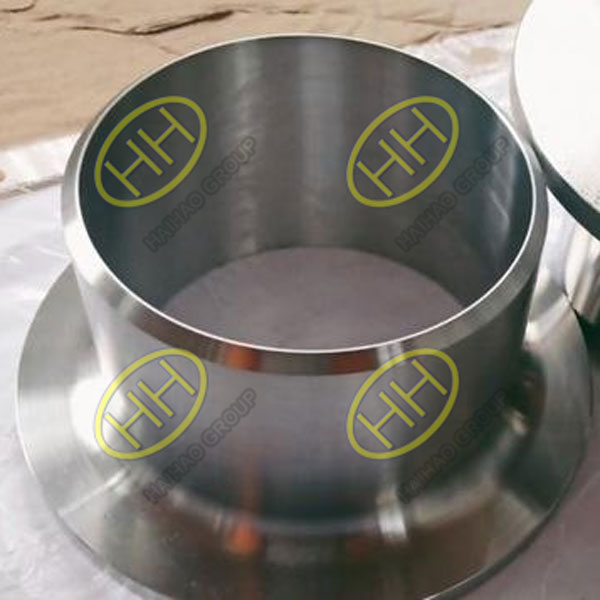Differences between ASME/ ANSI and MSS stub ends
Stub ends are an essential component in piping systems, typically used with lap joint flanges for flexible and cost-effective flange connections. Two key standards for stub ends are governed by the ASME/ANSI and MSS standards. These standards specify dimensions, materials, tolerances, and other critical manufacturing details. Understanding the differences between these standards can help ensure proper selection for specific applications. This article will compare ASME/ANSI stub ends and MSS stub ends, highlighting their key differences.

Stub End
ASME/ANSI Stub Ends
The ASME/ANSI stub ends follow standards originally established by the American Standards Association (ASA), which later became the American National Standards Institute (ANSI). ANSI standards such as ASME B16.9 specify dimensions and tolerances for factory-made wrought butt-welding fittings, including seamless and welded construction stub ends used with lap joint flanges.
Key Features:
Material: ASME/ANSI stub ends are available in various materials such as carbon steel, stainless steel, and alloy steel to meet different application needs.
Applications: These stub ends are used in higher-pressure piping systems across industries like oil and gas, petrochemical, power generation, and industrial manufacturing.
Dimensions and Compatibility: ASME/ANSI stub ends are designed to meet standardized dimensions, ensuring compatibility across various piping systems and flanges.
The ASME B16.9 standard covers a wide range of stub end sizes and schedules, offering engineers flexibility when designing piping systems that require reliable, high-performance connections.
MSS Stub Ends
MSS (Manufacturers Standardization Society) stub ends are defined by standards such as MSS SP-43, which focus on lightweight stainless steel butt-welding fittings. This standard primarily applies to thin-walled, corrosion-resistant applications, particularly in low-pressure environments.
Key Features:
Material: MSS SP-43 stub ends are typically made from stainless steel or other corrosion-resistant alloys, emphasizing their suitability for environments where corrosion resistance is critical.
Applications: These stub ends are ideal for industries such as food processing, pharmaceuticals, water treatment, and other systems where lower pressures and corrosion resistance are key.
Standardization and Compatibility:
In conclusion,both ASME/ANSI and MSS stub ends are designed to be compatible with lap joint flanges. However, the choice between the two standards depends on the specific requirements of the application, including material selection, pressure ratings, and the operating environment.

